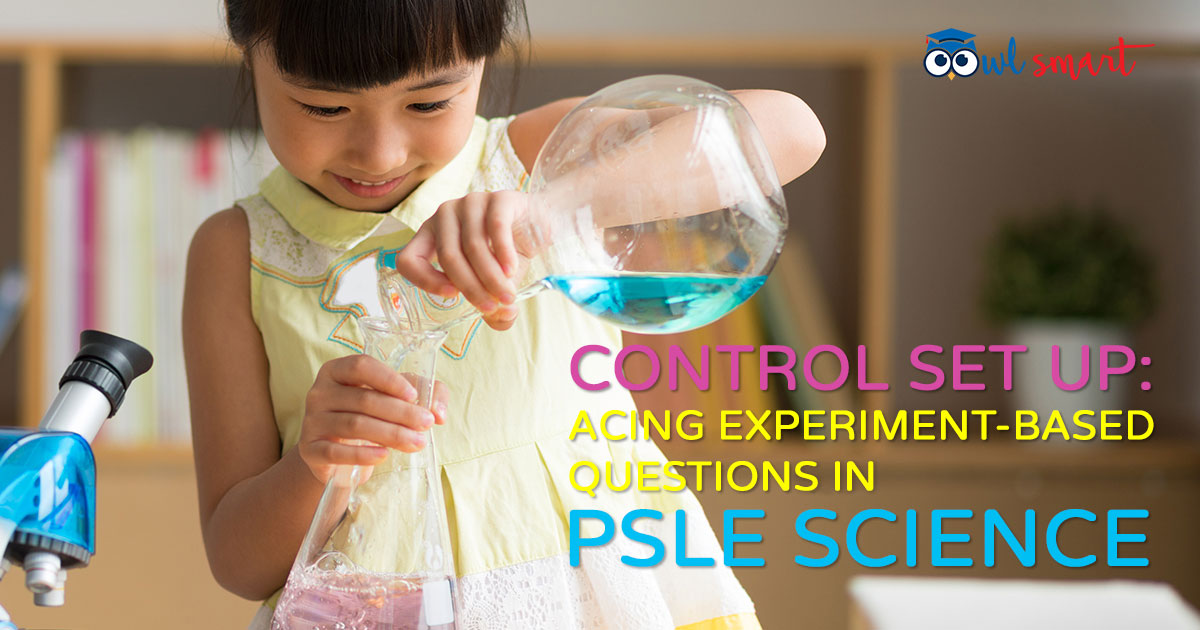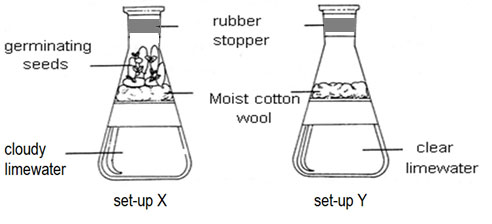
This is the last of 5 articles on experiment-based questions in PSLE Science. Experimental-based questions are regularly tested in Science exam papers and it is important that students have mastery over the concepts tested.
The focus for today’s article is on control set-ups, another question type dreaded by students. They either do not understand the purpose of a control set-up or do not know how to draw a control set-up. Here, I will give you two specific examples on how to tackle questions involving control set-ups.
Purpose of a Control Set-up
- It is used for comparison in order to verify the conclusion of an experiment.
- To ensure that the measured variable (dependent variable) is affected only by the changed variable (independent variable) and not any other (control) variables in the experiment.
Example
Scientist Strange carried out an experiment as shown below. He left both set-ups in a warm and dark cupboard for two days. He observed that the seeds in Set-up X germinated and the limewater turned cloudy while the limewater in Set-up Y remained clear.

What is the aim of the experiment and purpose of having Set-up Y?
- The only changed variable (independent variable) → presence of seeds
- Measured variable (dependent variable) → if carbon dioxide was given out by plant
- Control variable → all other variables in the experiment like size of beakers, amount of limewater, presence of rubber stoppers in both beakers, same location where experiment was carried out, etc.
- Since the aim of an experiment is related to the independent and dependent variable, the aim of the experiment is to find out if germinating seeds give out carbon dioxide.
- Purpose of Set-up Y → A control set-up to confirm that carbon dioxide was given out by the germinating seeds.
How to Draw the Control Set-up for an Experiment?
A good way to know how to draw the control set-up is to change the independent variable in the control set-up so as to prove that any change in result is only due to the independent variable and not because of other control variables.
Conclusion
This concludes the last of 5 articles on Experiment-Based Questions that are tested in school examinations and PSLE Science paper. With a subscription to OwlSmart, students get access over 200 experiment-based questions for PSLE Science with concise explanations. Students who practised more on these questions have shown to have a higher level of confidence in tackling them in the PSLE.
We wish you all the best in the coming P6 preliminary examinations and PSLE papers!
About the Author
Teacher Zen has over a decade of experience in teaching upper primary Math and Science in local schools. He has a post-graduate diploma in education from NIE and has a wealth of experience in marking PSLE Science and Math papers. When not teaching or working on OwlSmart, he enjoys watching soccer and supports Liverpool football team.



